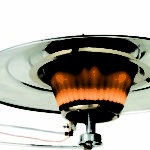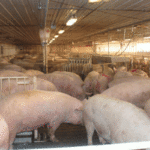
In 2018, California voters passed Proposition 12 (Prop 12) which is a ballot initiative to provide more space for farmed animals, in particular laying hens, breeding sows and veal calves in California. Prop 12 is also known as the Farm Animal Confinement Initiative and offers protections to egg-laying hens, mother pigs, and calves raised for […]
Read More >2022 brought back what is arguably the most exciting event in the industry, the International Production & Processing Expo. It also brought new COVID strains and the stress of pandemic business, but regardless, spirits remained high as poultry professionals from all walks of life came together. Traffic and attendance were notable reduced as so many […]
Read More >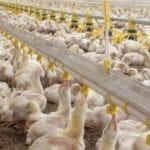
Why is water so important? Water is an essential nutrient, and it plays an important role in all bodily functions including digesting nutrients, metabolism, and transporting nutrients through the bloodstream. It aids in digesting of feed and flushing fecal and uric acid waste products. Also, water plays a key role in regulating body temperature. […]
Read More >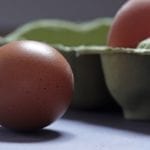
8 REASONS YOU SHOULD EAT EGGS Eggs are loaded with 13 essential vitamins and minerals and provide a good source of nutrients essential for a healthy diet. They are a valuable source of protein, omega-3 fatty acids and antioxidants. Basically, they’re a superfood. Eggs are nutrient rich and contain 82% of your daily vitamin D […]
Read More >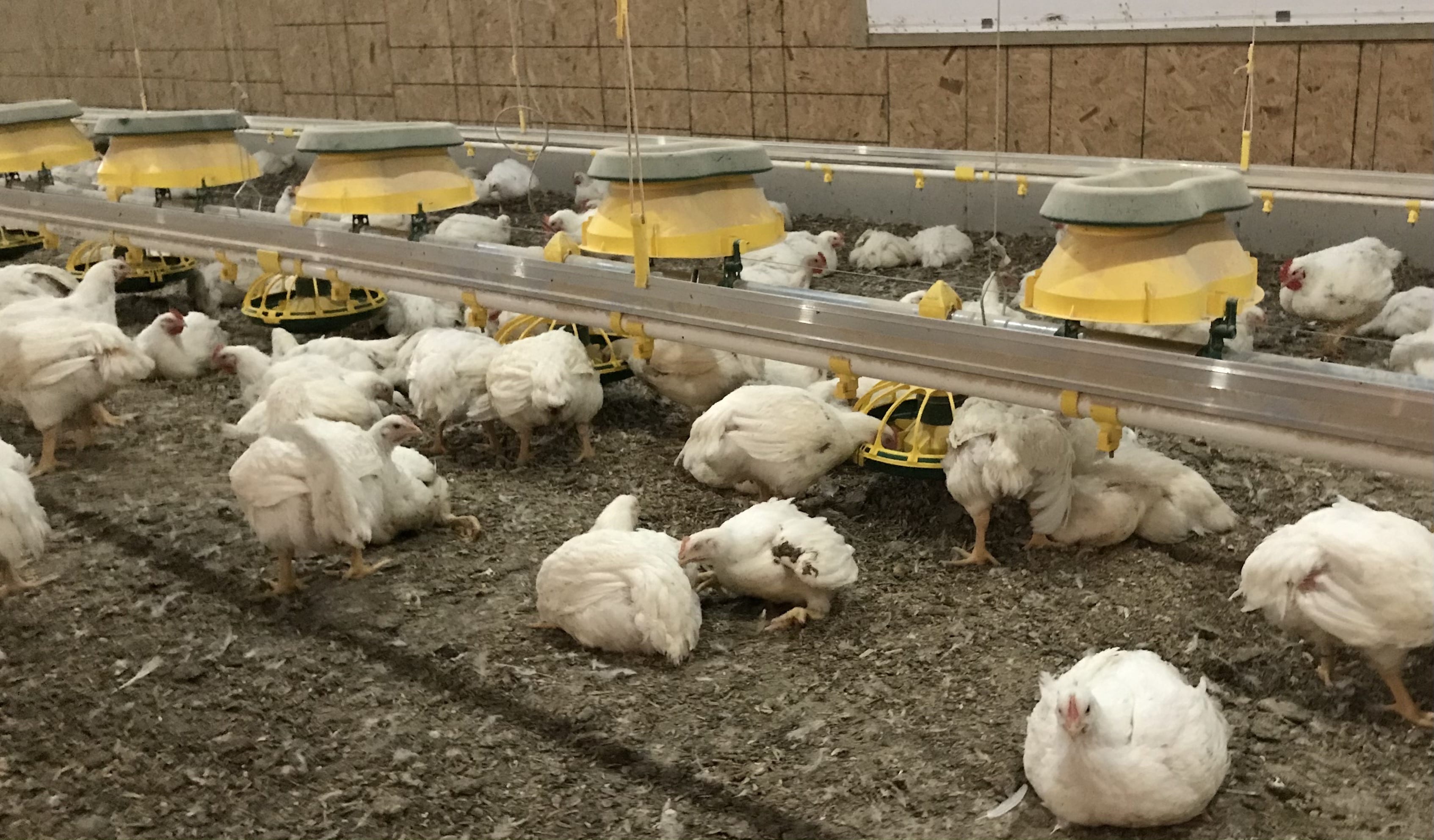
Poultry Bedding Bedding acts like a sponge and absorbs moisture from fecal waste, while providing a dry, comfortable medium for birds to scratch and rest upon. It should be quick-drying, soft, compressible, and absorbent as it provides a cushion for the breast muscle and feet. It should be lightweight and have medium particle size. Birds […]
Read More >
AI UPDATE – FALL 2022 The arrival of summer brought hope that the Highly Pathogenic Avian Influenza (HPAI) outbreak may phase out like it did in the 2015 outbreak. Fewer cases were popping up and sites that had been affected were already starting to repopulate. However, as we move into fall, we are seeing an […]
Read More >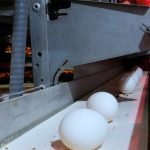
9 Factors that Influence Egg Size
9 Factors that Influence Egg Size Consumers tend to prefer and are willing to pay more for larger eggs, so knowing what may influence the size of egg produced may be beneficial for maximum return. A large egg is not always a good egg. The larger the egg is, the thinner the eggshell thickness is. […]
Read More >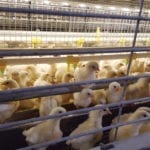
Prolapse in Laying Hens – Causes, Treatment, Prevention
PREVENTING PROLAPSE Prolapsed vent (also known as prolapsed oviduct, pickout, cloacal prolapse or blowout) is a common condition in laying hens. During the process of laying an egg, the lower part of a hen’s reproductive tract is temporarily turned inside out, allowing the hen to lay a clean egg, but it sometimes it does not […]
Read More >
Agriculture often gets a bad rap when it comes to environmental protection. There are many practices available to farmers that are great for both farmers and the land they cultivate. Sustainable agriculture practices put tremendous focus on preserving and improving soil health. These practices include crop rotation, cover cropping, and no-tillage practices. The use of […]
Read More >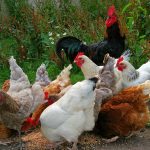
The Most Versatile Organ in a Chicken
Chickens are fascinating. Intellectual, sassy little sprites with tons of personality. And anatomical wonders. A lot of this information probably applies to most birds (except ostriches, apparently) but I don’t care about those birds. We’re talking chickens. We’ve talked about how cool chicken vision is before. Today, we’ll talk about the other end. It’s kinda […]
Read More >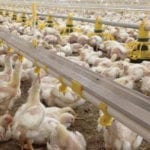
The Impact of High Path Avian Influenza
In January the first case of Highly Pathogenic Avian Influenza (HPAI) Eurasian H5 strain was detected in an American wigeon in South Carolina. Since then, there have been more confirmations in wild birds in North Carolina. Since February, there have been confirmed cases in other states too, including Virginia, Florida, Maryland, New Hampshire and more. […]
Read More >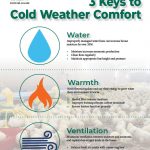
3 Keys to Cold Weather Comfort
Want to learn more? Read the article. Subscribe to our blog!
Read More >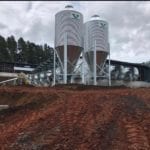
Bin and fill systems are an integral part of every farm set up. Feed is a crucial component to the health of livestock. Feed storage containers should be water tight. Camp feed becomes moldy, creating health concerns. It may also clump together and cause problems bridging in the bin. Fill systems are equally important when […]
Read More >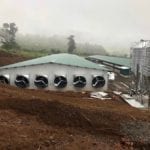
Propane and natural gas are the primary heating fuels in poultry farms. They make up the bulk of variable expenses on a farm in a year, and they can get quickly out of hand in the thick of winter. Short of learning to predict the future and weather patterns, or owning your own oil field, […]
Read More >
Bush Foot is a secondary bacterial infection caused by some form of defect or penetration of the hoof wall, sole, or heel. Bacteria enters the heel through erosion of the sole, heel, or toe, a sand crack on the wall of the hoof, or through a separation of the wall and sole along the white […]
Read More >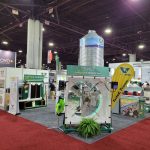
2022 brought back what is arguably the most exciting event in the industry, the International Production & Processing Expo. It also brought new COVID strains and the stress of pandemic business, but regardless, spirits remained high as poultry professionals from all walks of life came together. Traffic and attendance were notable reduced as so many […]
Read More >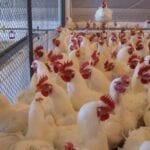
Avian Influenza in North America
Over the past few months, high pathogenic avian influenza has been running rampant across Europe, and now it has arrived in North America, as well. Two farms in Newfoundland, Canada have reported and confirmed cases of H5N1 Avian Influenza. The first was confirmed on December 22, 2021 and the other just this week. Both farms […]
Read More >
The year started out slow with tradeshows. The International Production and Processing Expo, IPPE, was virtual only. Many of the smaller shows were also cancelled or virtual. We were finally able to meet in person at the World Pork Expo in June. It was an exciting and invigorating few days to meet growers and dealers […]
Read More >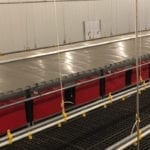
Egg drop syndrome isn’t often talked about, but can be a problem in broiler breeder or egg laying operations. Primarily a waterfowl disease, egg drop syndrome is caused by an adenovirus, characterized by a fall in egg production or a flock’s failure to reach peak of lay. The disease originated in ducks and was introduced […]
Read More >
